Create an Effective Event Sign Up Sheet in 6 Simple Steps
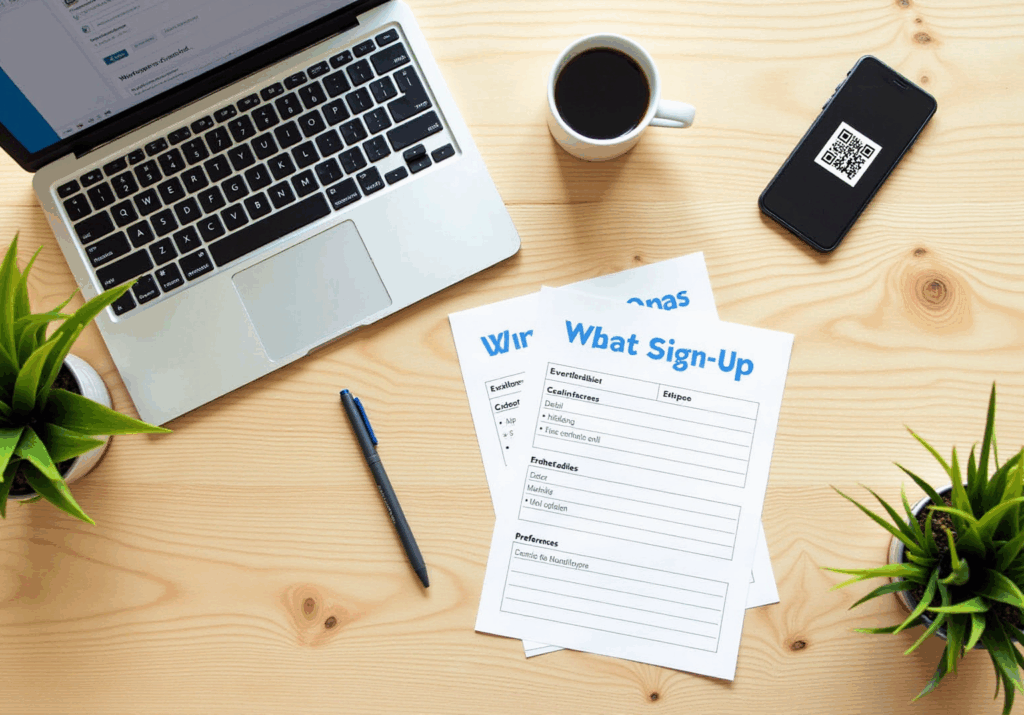
Overview
Creating an effective event sign-up sheet is crucial for addressing communication inefficiencies. Understanding its purpose, planning its structure, and utilizing tools like Google Forms are essential steps in facilitating engagement and managing data effectively.
By collecting key attendee information, customizing the form for visual appeal, and employing various distribution methods, organizers can maximize participation. This approach not only enhances the overall event experience but also ensures that communication remains streamlined and efficient.
Introduction
Creating an effective event sign-up sheet transcends a mere logistical necessity; it is a fundamental step in ensuring a seamless and engaging experience for participants. By harnessing the power of organized data collection and thoughtful design, event organizers can adeptly manage attendance while fostering a sense of community among attendees.
However, with a multitude of options and tools available, navigating the complexities of crafting a sign-up sheet that truly resonates can be daunting. This guide unveils six straightforward steps that will transform a basic registration form into a dynamic tool, enhancing both planning and engagement.
Understand the Purpose of an Event Sign Up Sheet
A registration form serves as a vital resource for organizers, enabling them to gather essential information from participants, such as names, contact details, and preferences. This information is critical for planning logistics, catering, and ensuring that the event meets participants’ needs. By understanding the purpose of the registration form, you can create a more effective tool that not only collects information but also enhances the overall participant experience. Consider the following objectives:
- Data Collection: Efficiently gather necessary information to facilitate communication and planning.
- Attendance Management: Monitor attendance to ensure adequate resources are available.
- Engagement: Foster a sense of anticipation and involvement among potential attendees.
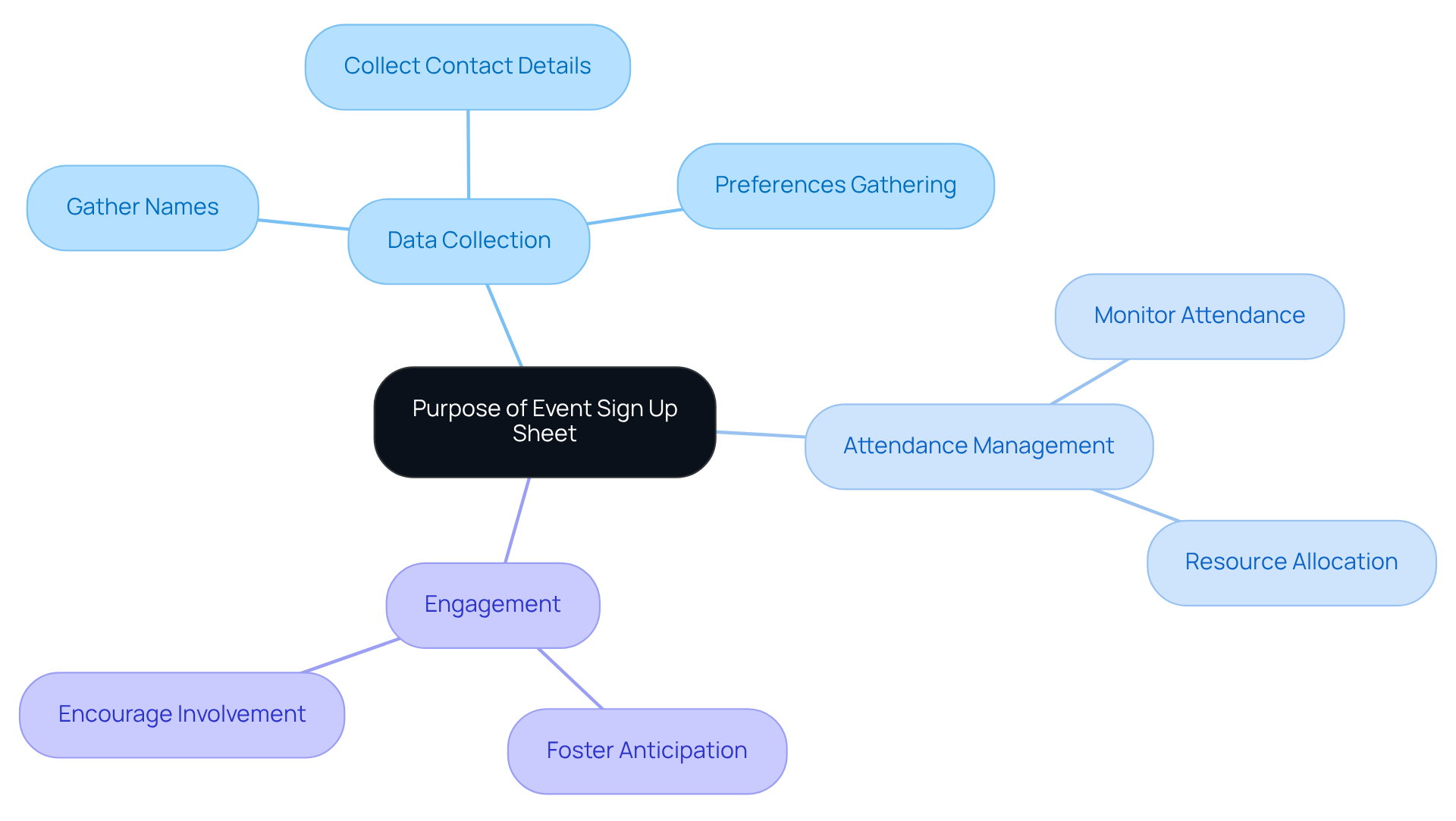
Plan Your Sign Up Sheet Structure
To create an effective sign-up form, it is essential to first determine the key information that must be collected. Start by considering the following crucial elements:
- Event Details: Clearly outline the name, date, and location of the event.
- Attendee Information: Collect full name, email address, and phone number.
- Preferences: Include any dietary restrictions, session choices, or workshop selections.
- Additional Notes: Gather any other relevant information that may assist in planning.
Once you have identified the necessary fields, sketch a layout that is easy to follow. Organize related information collectively, ensuring that the document is visually appealing. This approach not only promotes completion but also enhances the overall user experience.
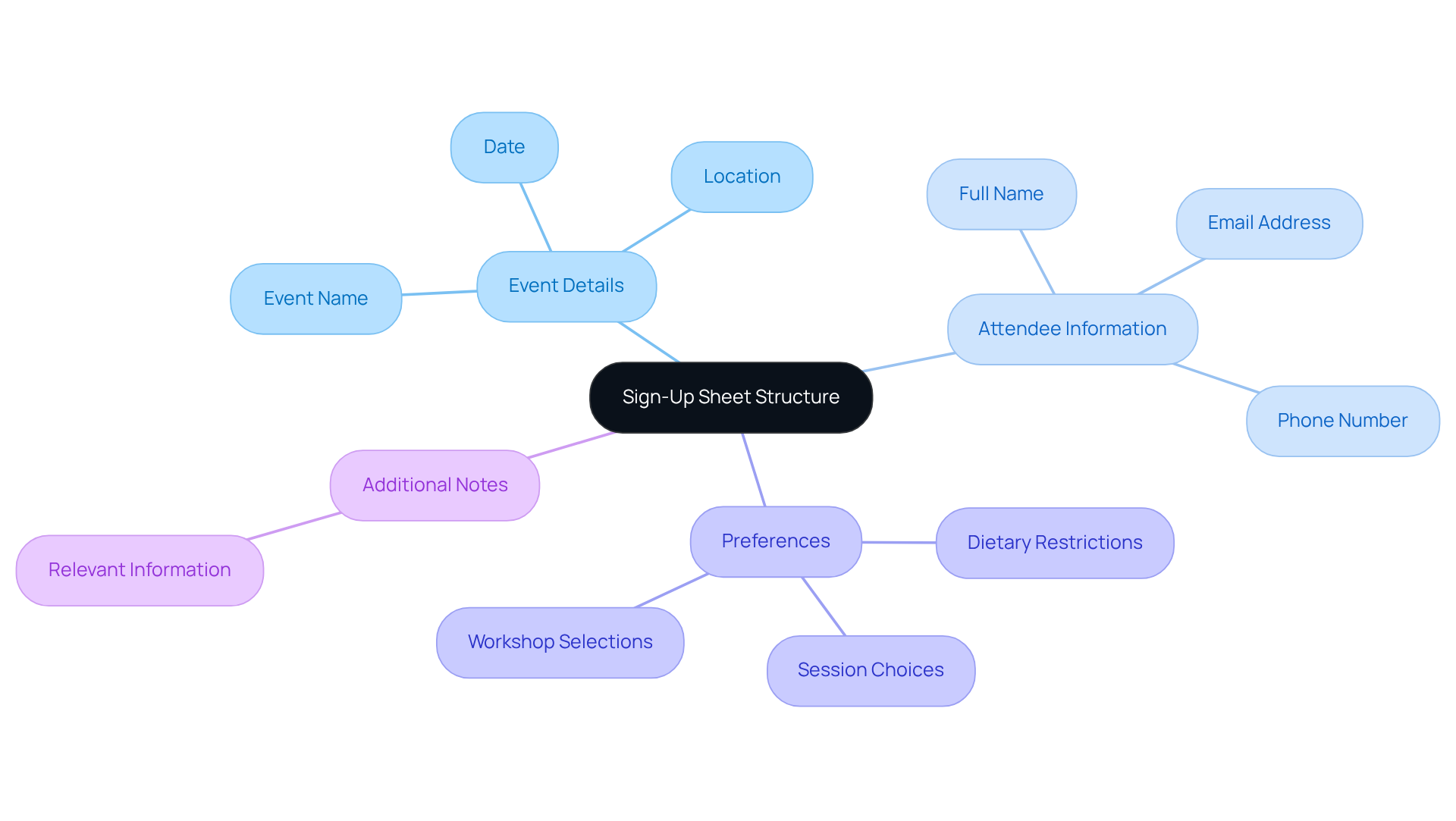
Create Your Sign Up Sheet Using Google Forms
To create your sign-up sheet using Google Forms, follow these essential steps:
- Access Google Forms: Navigate to Google Forms and sign in with your Google account.
- Start a New Form: Select the blank form option to initiate the creation of your new sign-up sheet.
- Title Your Form: Assign a clear title to your form that accurately reflects the occasion.
- Add Questions: Utilize the ‘+’ button to incorporate questions based on your planned structure. Select the appropriate question types (e.g., short answer, multiple choice) for each field.
- Adjust Settings: Click on the settings gear icon to customize options, including response collection and confirmation messages.
- Preview Your Form: Employ the eye icon to preview how the form will appear to participants, ensuring it is user-friendly.
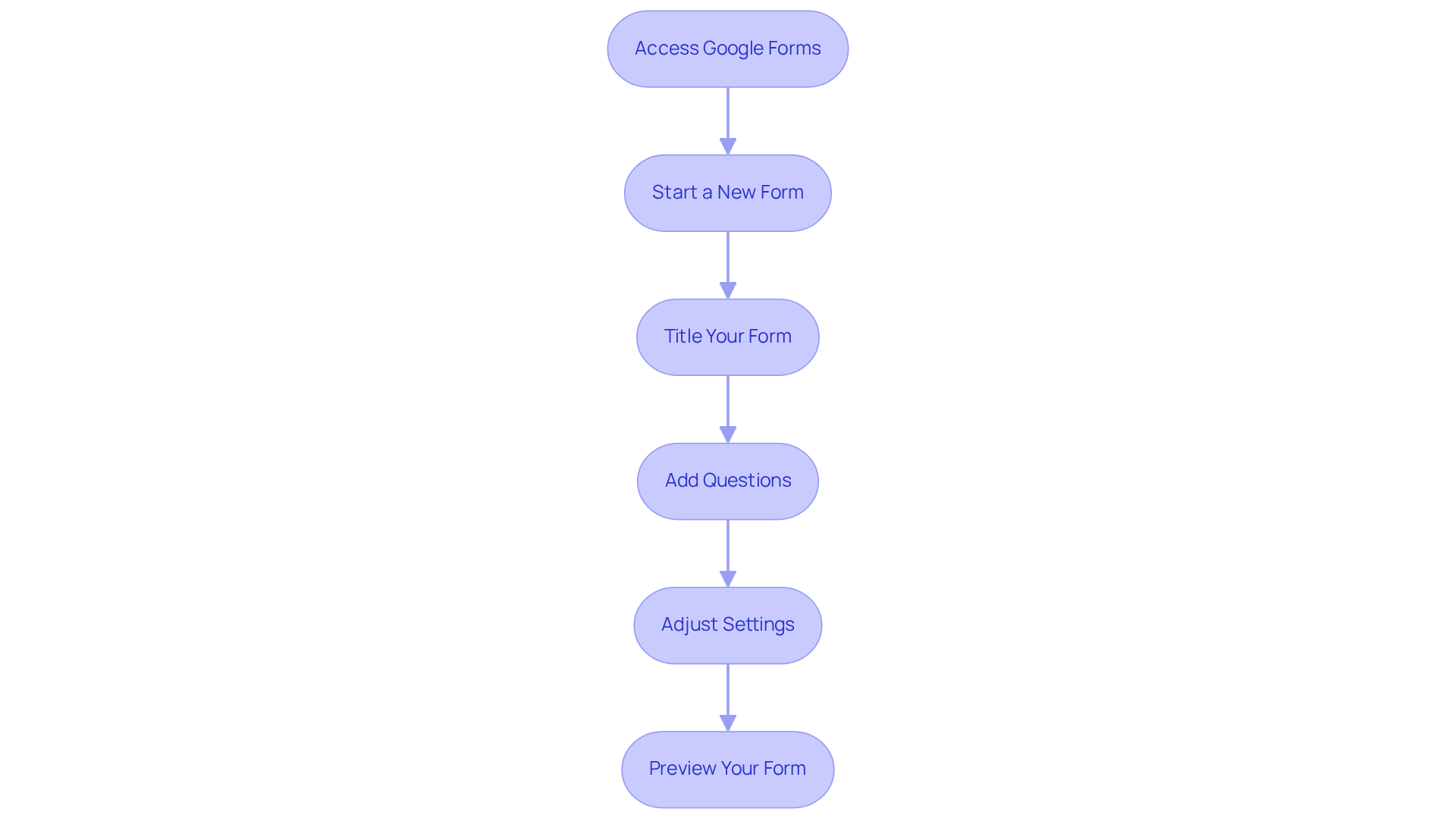
Customize Your Sign Up Sheet for Engagement
To enhance the engagement of your sign-up sheet, consider implementing the following customization options:
- Visual Appeal: Incorporate images or a theme that aligns with the event’s branding to capture attention immediately.
- Personalization: Leverage conditional logic to tailor questions based on previous responses, ensuring the form resonates with each participant.
- Incentives: Offer compelling incentives for signing up, such as early bird discounts or exclusive content, to motivate participation.
- Clear Instructions: Provide succinct directions at the top of the form to effectively guide participants on how to complete it.
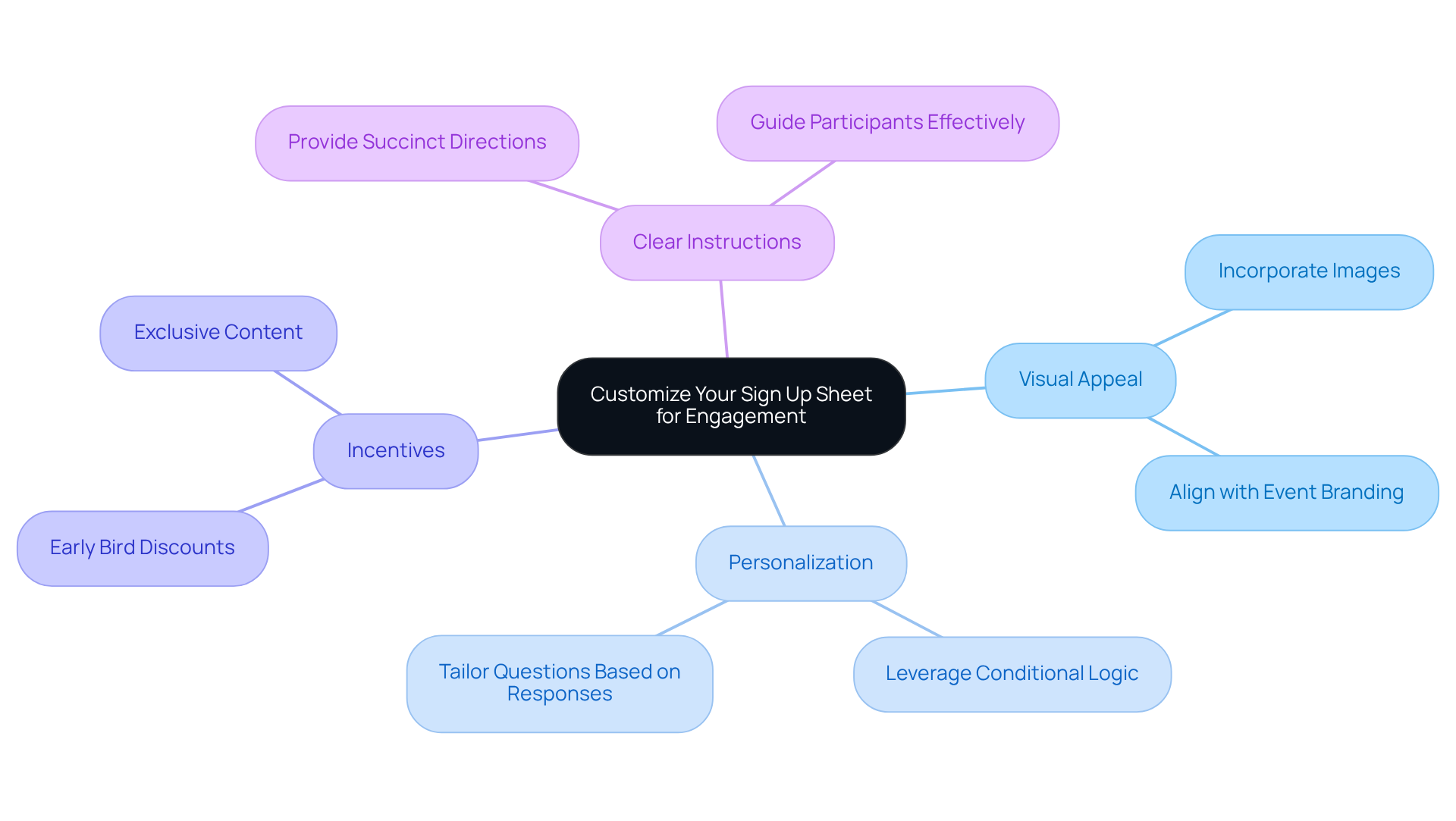
Share Your Sign Up Sheet with Attendees
Once your registration form is prepared, efficiently distributing it to prospective participants is essential. Consider these impactful methods:
- Email Invitations: Craft personalized emails to your contact list, including a direct link to the sign-up sheet. Personalized emails can significantly increase engagement, encouraging immediate action.
- Social Media Promotion: Utilize your organization’s social media platforms to disseminate the link widely. With approximately 36% of Americans regularly getting news from Facebook and about a fifth of Americans using platforms like Facebook, YouTube, Instagram, and TikTok, this strategy can significantly broaden your reach.
- Website Integration: Embed the registration form directly on your occasion page or website. This seamless access enhances user experience and increases registration rates.
- QR Codes: Create a QR code directing to the sign-up document. This enables participants to effortlessly access the document through their smartphones during gatherings or meetings, simplifying the registration process.
By leveraging these methods, you can maximize engagement and ensure a successful turnout for your events.
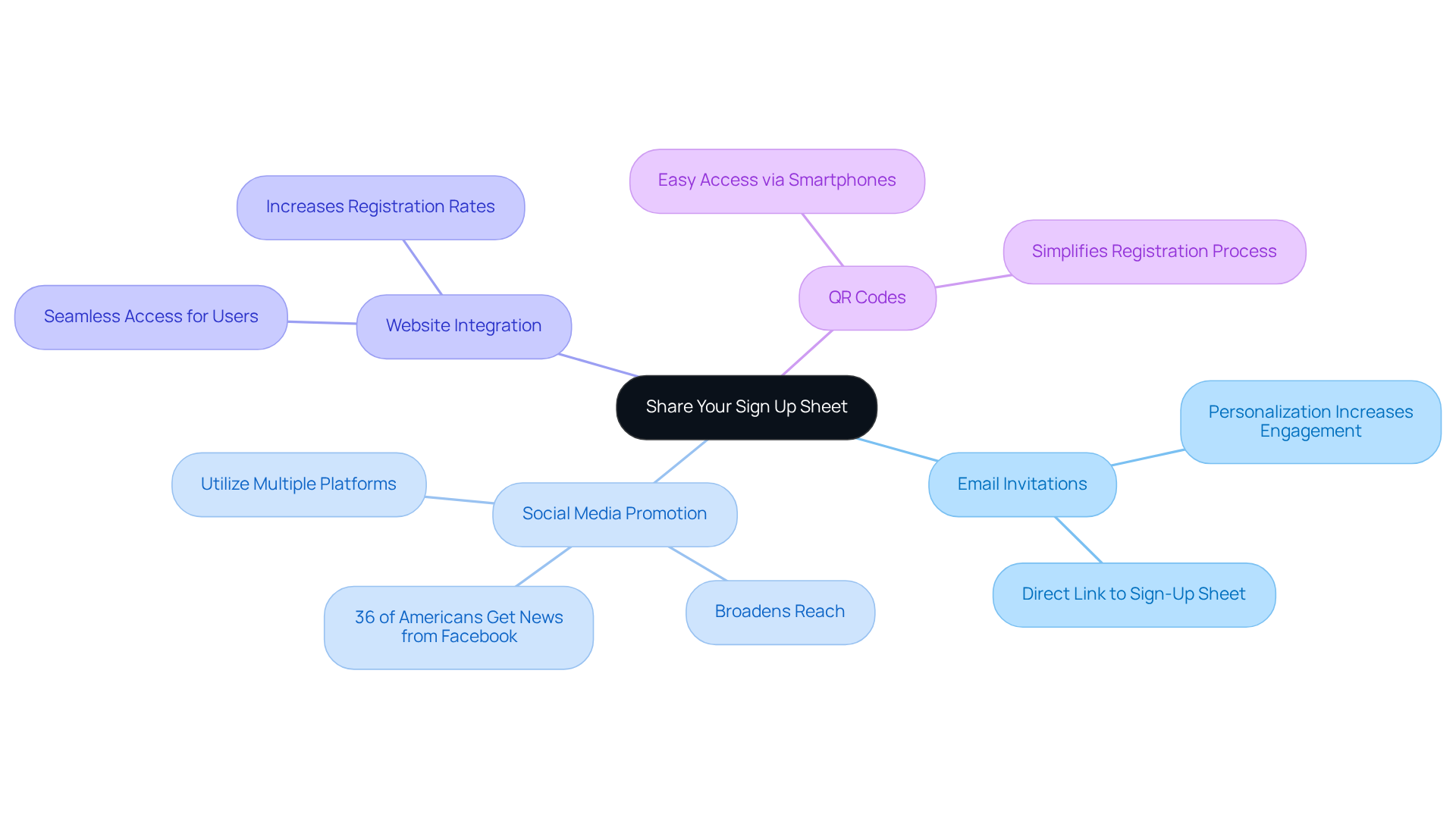
Manage Responses and Troubleshoot Issues
After sharing your sign-up sheet, managing responses effectively is crucial for operational efficiency.
-
Monitor Responses: Regularly check the Google Forms dashboard to track sign-ups and gather insights. This practice keeps you updated on participant engagement and allows for necessary adjustments to be made promptly.
-
Export Data: Utilize the export feature to download responses into a spreadsheet for streamlined management and analysis. This capability provides deeper insights into your data and facilitates collaboration with your team, enhancing overall effectiveness.
-
Follow Up: Sending confirmation emails to participants acknowledges their registration and provides additional event details. This not only enhances their experience but also ensures they are well-informed and engaged.
-
Troubleshoot Issues: Be prepared to address common issues, such as attendees not receiving confirmation emails or needing to amend their responses. Clear instructions on how they can reach out for assistance will bolster their confidence in the process.
-
Data Security Measures: Google Forms employs industry-leading data security measures, including advanced malware protection and encryption. This ensures that all files remain secure both in transit and at rest, safeguarding your participants’ information.
-
Customization Options: Customize the appearance of your forms to reflect your organization’s brand by selecting colors, images, and fonts. This not only makes your sign-up sheets visually appealing but also aligns them with your branding strategy.
-
Collaboration Features: Google Forms facilitates teamwork by allowing users to share forms and analyze results collaboratively. This enhances event management and ensures that all team members are aligned in their efforts.
-
Progress Saving: Respondents’ progress on a Google Form is automatically saved as a draft for 30 days. This feature allows them to complete the form at their convenience without losing their input, significantly improving user experience.
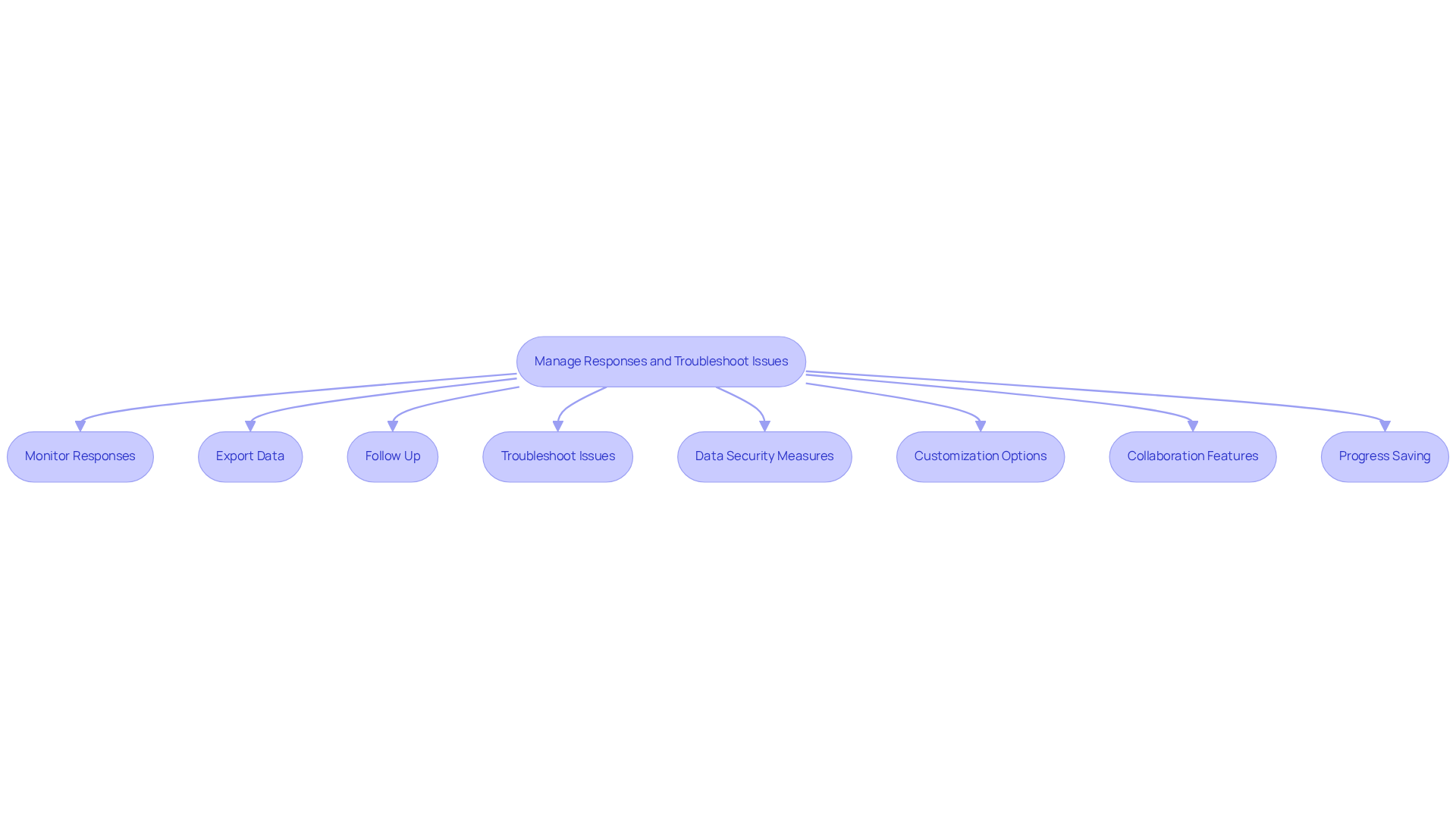
Conclusion
Creating an effective event sign-up sheet is not just a task; it is a crucial step towards ensuring a successful gathering. By grasping its purpose and leveraging the appropriate tools, organizers can streamline the registration process, boost participant engagement, and ultimately craft a memorable experience for every attendee.
This article presents a comprehensive strategy for developing a sign-up sheet, encompassing everything from planning its structure to utilizing Google Forms for straightforward creation and customization. Essential elements, including clear event details, attendee information, and engagement strategies such as incentives and visual appeal, are underscored as vital for maximizing participation. Furthermore, effective distribution methods—such as email invitations and social media promotion—are highlighted to guarantee that the sign-up sheet reaches a wide audience.
The importance of a well-designed event sign-up sheet cannot be overstated. It functions not merely as a tool for gathering information but also as a catalyst for generating excitement and anticipation among potential attendees. By applying the strategies discussed, organizers can refine their sign-up processes, resulting in increased attendance and a more successful event overall. Adopting these best practices will undeniably enhance both the planning experience and the event itself, paving the way for a remarkable gathering that resonates with all participants.
Frequently Asked Questions
What is the purpose of an event sign-up sheet?
The purpose of an event sign-up sheet is to gather essential information from participants, such as names, contact details, and preferences, which is critical for planning logistics, catering, and ensuring that the event meets participants’ needs.
What are the main objectives of using a registration form?
The main objectives of using a registration form include data collection for efficient communication and planning, attendance management to ensure adequate resources, and engagement to foster a sense of anticipation and involvement among potential attendees.
What key information should be included in a sign-up sheet?
A sign-up sheet should include event details (name, date, and location), attendee information (full name, email address, and phone number), preferences (dietary restrictions, session choices, or workshop selections), and any additional notes relevant to planning.
How should the layout of the sign-up sheet be organized?
The layout of the sign-up sheet should be easy to follow, with related information organized collectively. It should be visually appealing to promote completion and enhance the overall user experience.
